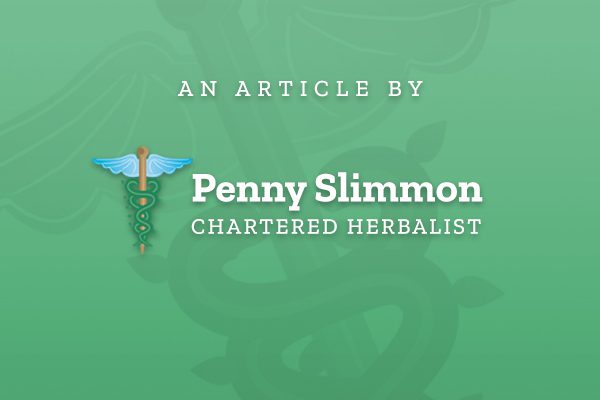The Nervous System consists of the central nervous system (including the brain and spinal cord), the peripheral nervous system, and the sensory nervous system; including the eyes, ears, nose and tongue. Its primary function is to communicate response between the internal and external environments. Imbalances in this system interfere with our response to the external environment and can cause us to react negatively toward stressors. A Nervous System imbalance can affect all the body systems and interfere with our general sense of well-being.
Has anyone ever told you how electrifying you are? Well, even if no one has told you this, you are an electrical being. Every part of your body is interconnected by a communication system of nerve cells (neurons) that send messages through a combination of electrical impulses and chemical messengers. These neurons and messaging chemicals “wire” you together.
It consists of two systems, the voluntary and the involuntary systems. The voluntary nervous system acts when you tell it to. For example when you want to move your arm, you think about moving your arm and through a complex messaging system, your arm moves. The other system takes care of the jobs like breathing and digesting and all of the other things that go on in your body without you having to think to do them. They run involuntarily for you. This involuntary system has two parts, the sympathetic system (the one that revs you up and calls your body into action, and the parasympathetic system (the one that settles you down and tells your body to stop doing whatever it was called to do).
Try this experiment at home
The eye’s pupil contracts under the influence of the parasympathetic nervous system and enlarges under the sympathetic nervous system. So, one can tell whether a person is in sympathetic or parasympathetic mode by looking at their pupils. Examine the eyes of a friend or loved one to see what nervous system mode they are in.
To make this activity even more fun, have friends or family members smell different essential oils to see whether their pupil enlarges or contracts. Different essential oils affect the nervous system in different ways.
Oils like lavender, ylang ylang, frankincense and chamomile typically activate the parasympathetic nervous system, making one’s pupils become smaller. Oils like lemon, peppermint and grapefruit will typically activate sympathetic nerves and make one’s pupils larger.
Electrical impulses and chemical messengers fire up an electrical impulse that moves down the length of a nerve cell (neuron). At the far end of the neuron, the electrical impulse causes the nerve to release neurotransmitters into the gap (known as the synapse) between this nerve and the next one. The neurotransmitters cross the synapse to the next nerve cell and wither stimulate or inhibit it from firing another electrical impulse.
We now know that sleep, mood, appetite and behavior are influence by the different types of transmitter chemicals being released in our brain and nerves. Depression, addictions, manias, schizophrenia, Alzheimer’s disease, Parkinson’s disease and ADHD are some of the major disorders now known to involve imbalances in neurotransmitters.
Did you know:
- Exposure to heavy metals and other toxins are linked to a wide variety of neurological symptoms, ranging from depression to autism.
- Caffeine is the number one enemy to the nervous system. It causes increased sympathetic nervous system activity and cortisol levels. This is how it makes us alert. If we are in parasympathetic mode, caffeine returns us to a state of sympathetic “fight or flight’ chemistry. What the problem with caffeine is that when we are in a relaxed state and when we are presented with a potential stressor (like a costly overdue bill) we are less likely to perceive the overdue bill as stressful. But when we are in stress chemistry already, we are more likely to perceive the overdue bill as stressful. This means that when we are happy, potential problems tend to “roll off” of us and don’t overwhelm us. But once we are in sympathetic mode, potential problems are taken more seriously and our stress escalates, putting us into a downward spiral.
SEE MY OTHER ARTICLE ON “STRESS AND ANXIETY” FOR MORE INFORMATION



